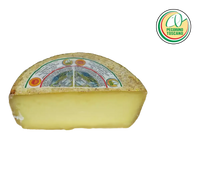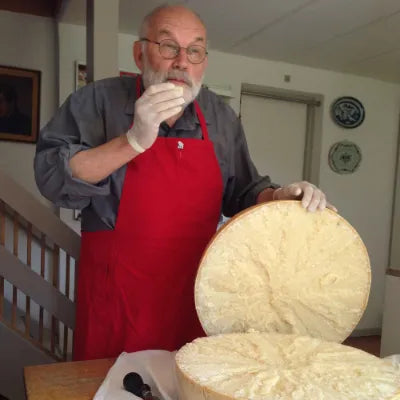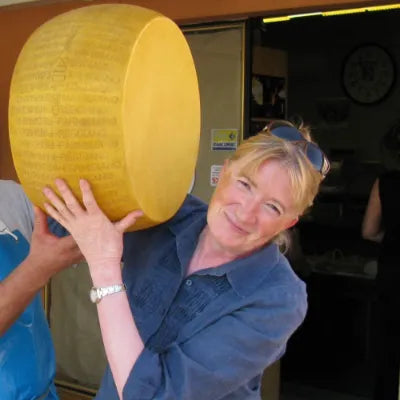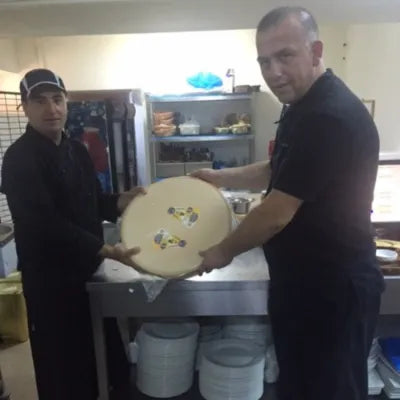Recognized as a product with Protected Designation of Origin in 1992, the Pecorino Toscano has ancient origins.
The first historical references date back to Roman times. The earliest records can be found in Pliny the Elder's Naturalis Historia, which describes the production of cacio (as this cheese is called in Tuscany) in the area of Luni, now known as Lunigiana.
Today, the regulations establish all stages of production, from milking, which must be exclusively from sheep and come from the areas of origin (Tuscany and some neighboring municipalities in Lazio and Liguria), to aging.
The Pecorino Toscano stagionat pecorino Toscano is a cheese with a minimum maturation of 120 days, which can reach up to a year; only calf rennet is used and the salting lasts only one day. Pecorino Toscano stagionato has a cylindrical shape, a thin yellow rind that encloses an irresistible light straw-yellow paste with a fragrant, intense and slightly spicy taste.
That's why we couldn't fail to offer one of the tastiest combinations to come out of the kitchen: the original combination of mature Pecorino Toscano with balsamic vinegar and fig glaze, it will add a different touch to your table.
The sweet and fresh taste of figs contrasts harmoniously with the mature Pecorino Toscano, which has a decidedly stronger and more intense flavor.
It is impossible to resist the delicate, fruity aroma of balsamic Vinegar of Modena PGI and Fig Cream, a versatile and easy-to-use condiment that goes well with salads, meat, vegetables, and fresh fruit.























